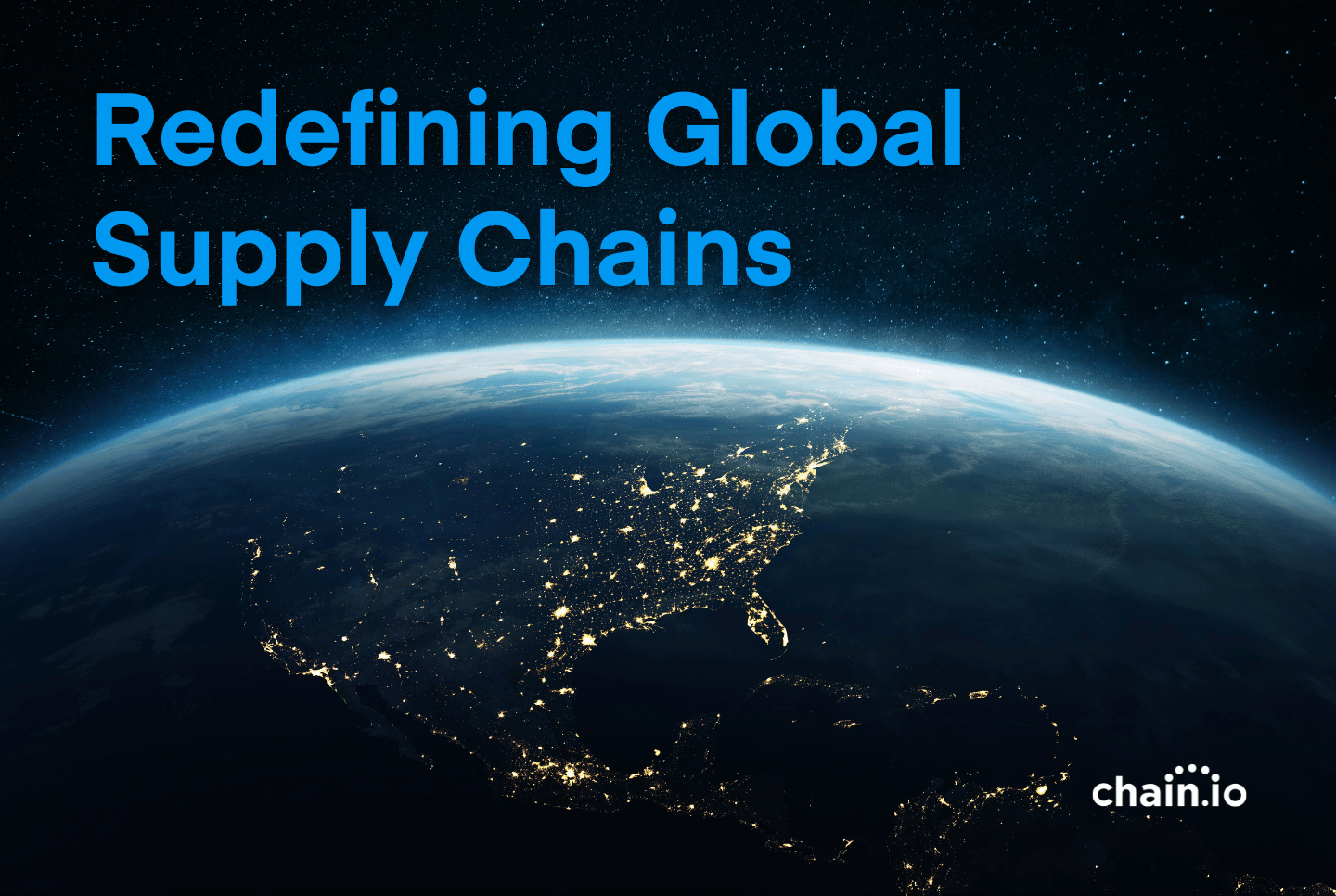
Over the 25 years of my career in supply chain, our role in the organizations we support has dramatically shifted. Once an afterthought, supply chain is now a central strategic tenant for companies of all sizes.
Amazon kickstarted the shift by proving that a well-orchestrated supply chain can be the core differentiator in creating a dominant market position. Faster, cheaper, and bigger can be combined with massive volumes of data to realize the vision of the “The Everything Store.”
In my opinion, this is only the second most exciting challenge facing our profession. When Amazon sold its first book in 1995 it was the early days of one of the most politically and economically stable periods in the history of global trade. The fall of the Berlin wall a half decade earlier, the expansion of free trade agreements, and the opening of the Chinese economy a half decade later created a world where businesses could safely assume that their multi-year plans would execute in a predictable and stable environment.
Supply chains flourished under the principles of “make it cheap”, “move it fast” and “sell it where the money is.” Most of us thought we were operating in a world where national borders would continue to fade from the business landscape and transportation would continue to commoditize until shipping became as interesting as turning on your faucet.
In 2016, the smooth moving train of globalization started to rattle. Nationalism and its supporting tariffs came back with fervor. Stakeholders from across the political spectrum began to push back against the status quo for a range of reasons. Environmental concerns and wealth inequality lead the charge. Then the pandemic hit and put everything into overdrive.
Preparing Supply Chains for Instability
Many will argue if the pandemic was a White Swan or Black Swan event. In either case, I believe that the supply chain impacts did not create new trends or problem categories. Instead, it amplified underlying instabilities and dramatically accelerated the pace of change.
The underlying fundamentals are more about the changes to our planet and our adoption to a world with 8 billion people than any virus or political movement. Remember that this growth is not linear. It took us 12,000 years to reach one billion people. It took us about a century to add seven billion more. The impacts of this change to the fundamentals that drive our economics, ecology, and sociology cannot be understanded.
Given this, supply chain organizations and the companies that support them need to prepare for a world that is less predictable, less stable, and faster moving than ever before. War in Europe, the next pandemic (wherever it hits), and aggressive environmental legislative action all mean we need to rely less on past data and more on building diverse and agile supply chains.
For global supply chains, this means that your customers will be operating in a very different economy and environment than ever before. The covid-19 pandemic and political upheaval of the last few years has many companies concluding that multiple suppliers closer to consumers will help to meet shipping deadlines and customer demands.
Technology is Here to Help
The next generation of supply chains will look less like a chain and more like a chain-link fence. They’ll be deeply interconnected networks where products can be sourced, assembled, and distributed across multiple paths, adapting as the world shifts around them. What once was a steady stream of goods from the factories of China to the markets of Europe and the US, is already a complex tapestry of value moving in all directions.
Without technology, this transition is impossible. There are too many people to coordinate with, too many directions to move goods, and too many manual processes to keep up with.
With integration, automation, and new supply chain technology, companies can now shift their operations from a broad global scale to a more localized approach.
Supply Chain Data is Evolving, Too
Just like goods once moved from a single destination to another, data flowed in the same manner. As supply chains have become more complex and suppliers have changed origins and destinations, there are now hundreds of new data streams for forwarders and shippers to monitor. Supply chain organizations have shifted from managing one master supply chain to managing hundreds or thousands of tier-2, and tier-3 supply chains.
I recently spoke with an organization that is trying to figure out how to take a relatively manually vendor audit program and scale it from tier-1 to tier-5. If we assume that each of their 500 tier one suppliers only has 5 suppliers and they only have 5 suppliers, and so on down the chain, the team managing 500 suppliers will instantly have to manage 312,000 ever-changing relationships. This cannot be solved by working harder, new technology and adaptive business processes are fundamental requirements.
Goods are moving in every direction and requirements changing overnight. New environmental regulations, tariffs, adjustments to free trade agreements, recessions, and political unrest have supply chains and those who manage them in a period of instability and complexity.
As global supply chains are redefined, it’s more important than ever to have immediate access to reliable data about your supply chain operations. Unfortunately, we can no longer work with the mentality that things will get easier over time. There isn’t an immediate “return to normal” forecasted for supply chains anytime soon.
Prioritize Integrating Your Supply Chain Data
During instability and uncertainty, your customers need you to be flexible, agile, and informed. The first step to achieving this is having transparency into your supply chain network. Chain.io can help.
Our team of logistics service and supply chain experts have the experience to get you and your customers data quickly integrated so you can stay connected in the midst of continued chaos. Data migrations or customer onboards that generally take months can be done in weeks using our pre-mapped solutions and industry best practices.
We'd love to show you how we can help. Register for our webinar on January 24 at 11 am ET to find out how to build a roadmap during a changing logistics environment.
